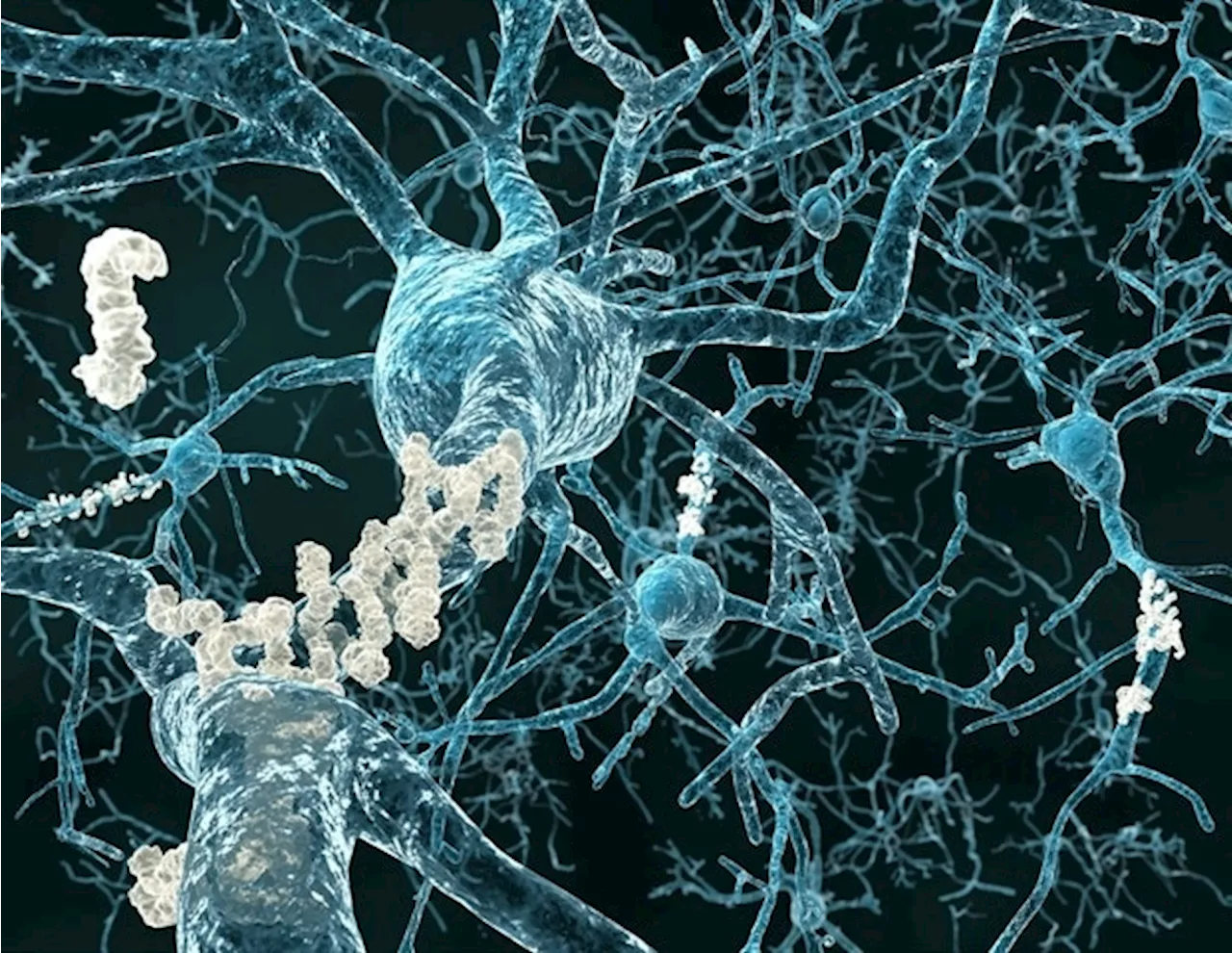When most people think of dementia, including Alzheimer's disease, they probably think of memory loss first.
Michigan Medicine - University of MichiganOct 7 2024 When most people think of dementia, including Alzheimer's disease, they probably think of memory loss first.
Using two types of advanced medical imaging to study the brains of 128 people in the early stages of dementia, they show links between one of the brain's most crucial communication networks, a protein called tau, and the level of behavioral symptoms a person has. While the one-time imaging of these 128 research volunteers can't show cause and effect, the strong association between tau, salience network disruption and behavior change is intriguing, the team says.
The researchers, from the Research Program on Cognition and Neuromodulation Based Interventions , are led by Alexandru D. Iordan, Ph.D. and program leader Benjamin M. Hampstead, Ph.D. Both are faculty in the U-M Medical School's Department of Psychiatry. Related StoriesThe salience network was the only one of the three networks whose level of integrity correlated with the presence of tau and the severity of dementia-related behavioral issues. The default-mode network appears to be involved as a supporting player. The third network studied, called the frontoparietal network, was not related to behavioral symptoms.
Dementia Aging Alzheimer's Disease Biomarker Brain Stimulation Imaging Medical Imaging Medicine Nerve Neuromodulation Pathology Ph Protein Research
United Kingdom Latest News, United Kingdom Headlines
Similar News:You can also read news stories similar to this one that we have collected from other news sources.
 Understanding Changes in Pre-Clinical Alzheimer's Disease: Study Finds Two Proteins Impact Brain Activity DifferentlyA new study has shed light on the role of two proteins, amyloid beta and tau, in pre-clinical Alzheimer's disease. Researchers found that these proteins impact brain activity differently, potentially offering new insights into the progression of the disease.
Understanding Changes in Pre-Clinical Alzheimer's Disease: Study Finds Two Proteins Impact Brain Activity DifferentlyA new study has shed light on the role of two proteins, amyloid beta and tau, in pre-clinical Alzheimer's disease. Researchers found that these proteins impact brain activity differently, potentially offering new insights into the progression of the disease.
Read more »
 Understanding brain activity shifts in Alzheimer’s diseaseAmyloid-beta and tau proteins have long been associated with Alzheimer's disease. The pathological buildup of these proteins leads to cognitive decline in people with the disease.
Understanding brain activity shifts in Alzheimer’s diseaseAmyloid-beta and tau proteins have long been associated with Alzheimer's disease. The pathological buildup of these proteins leads to cognitive decline in people with the disease.
Read more »
 Do long genes hold the key to understanding the genetic underpinnings of aging?Review highlights the growing evidence that aging is linked to reduced expression of long genes, offering insights into potential anti-aging therapies based on gene length.
Do long genes hold the key to understanding the genetic underpinnings of aging?Review highlights the growing evidence that aging is linked to reduced expression of long genes, offering insights into potential anti-aging therapies based on gene length.
Read more »
 AI-powered research to advance understanding of radiation exposure risksKeck Graduate Institute (KGI), a member of The Claremont Colleges, has been awarded a significant grant from the Department of Energy to investigate the effects of low-dose radiation on human beings.
AI-powered research to advance understanding of radiation exposure risksKeck Graduate Institute (KGI), a member of The Claremont Colleges, has been awarded a significant grant from the Department of Energy to investigate the effects of low-dose radiation on human beings.
Read more »
 Understanding the risk of NMS in young patientsA new study in the peer-reviewed Journal of Child and Adolescent Psychopharmacology estimated the incidence of neuroleptic malignant syndrome (NMS), a potentially fatal adverse effect of antipsychotic treatment, among individuals ages 5-24 years.
Understanding the risk of NMS in young patientsA new study in the peer-reviewed Journal of Child and Adolescent Psychopharmacology estimated the incidence of neuroleptic malignant syndrome (NMS), a potentially fatal adverse effect of antipsychotic treatment, among individuals ages 5-24 years.
Read more »
 Cookie Policy Explained: Understanding How Websites Track YouThis article breaks down the complexities of cookie usage on websites, explaining what they are, how they work, and why they're important for both users and website owners. It also delves into different types of cookies, their purposes, and provides tips on managing your cookie preferences.
Cookie Policy Explained: Understanding How Websites Track YouThis article breaks down the complexities of cookie usage on websites, explaining what they are, how they work, and why they're important for both users and website owners. It also delves into different types of cookies, their purposes, and provides tips on managing your cookie preferences.
Read more »
